Over time, the pisco sour has consolidated its position as Peru's national drink, being a true ambassador of the country in the world. With its refreshing combination of unique ingredients, this cocktail has captivated both local and international palates, making the Pisco Sour a reflection of Peruvian history and culture. In this blog, you will discover more about this iconic drink, which will surely leave you enchanted.
History of the Pisco Sour: From its Origins to Today
The Pisco sour is Peru's flag drink, a Peruvian pisco-based cocktai, similar to brandy, made from grapes grown in the coast regions of Peru. It was declared Cultural Heritage of the Nation in 2007 by the National Institute of Culture (INC), highlighting its importance in the Peruvian identity. The Pisco Sour is not only a delicious cocktail, behind its incomparable flavor hides a history that goes back more than a century:
Inca Period: Before Pisco
During the Inca empire, there was no pisco as we know it today, since the Incas did not know or cultivate grapevines. However, the Inca culture had a rich tradition in the production of fermented beverages, such as “La chicha”, made from corn. Chicha of jora was a very important drink in festivities and religious ceremonies.
Colonization: Birth of Pisco
With the arrival of the Spanish in the 16th century, they brought vines with them from Spain and began to cultivate them in the valley of Ica, as well as in other coastal and southern regions of Peru. At the beginning, the Spanish only used these grapes to produce wine, mainly for local consumption for religious ceremonies. However, wine production grew rapidly and surpassed local demand, resulting in the production of a distillate made from the fermented grape must, giving rise to Pisco.
XVII, XVIII and XIX Century: Consolidation and Expansion of Pisco
During the XVII and XVIII centuries, Pisco was consolidated as one of the main alcoholic beverages in Peru. During this period, grape plantations expanded along the coastal valleys and Pisco began to be exported from the port of Pisco to other Spanish colonies and to Europe. With Peru's independence in 1821, Pisco continued to be a popular drink among the upper and lower classes. At this time, the export of pisco to other countries grew, especially to the United States, where it was well received.
20th Century: The Beginning of the Pisco Sour
According to historians, the Pisco Sour as we know it today was created in the 20th century, around the 1920s, by Victor V. Morris. Inspired by the Whisky Sour, Morris decided to experiment with pisco, using lemon juice, egg white, and gum syrup to create the Peruvian flag drink. Morris' bar located in the city of Lima quickly became a popular place for the upper class in Lima and the pisco sour was consolidated as an emblematic drink of Peru.
Pisco Sour today
Today the Pisco Sour has become one of the most representative products of Peru internationally, gaining recognition in the global cocktail industry.
The Perfect Recipe: Ingredients and Preparation of the Pisco Sour
Below, we’ll guide you through the basic Pisco Sour ingredients and show you how to make a Pisco Sour at home. Follow this easy Pisco Sour recipe to enjoy one of Peru’s most iconic pisco cocktails.
Pisco Sour Ingredients
Pisco
The soul of the pisco sour is, of course, pisco. This distillate of grapes is the base of the cocktail and gives it its characteristic flavor. Pure pisco (from a single grape variety) is usually used, such as Quebranta pisco. However, other varieties of pisco, such as Acholado or aromatic, can also give it a different touch.
Before continuing, which Pisco choose: Qebranta, Italia, or Acholado?
✅Pisco Quebranta
Quebranta Pisco is in the category of “pure Pisco” since it is made with only one type of grape: Quebranta grape. Being a non-aromatic variety, this Quebranta Pisco has a firm flavor and a dry touch, ideal for those who prefer a balanced drink without an aromatic load.
✅Pisco Italia
Pisco Italia is one of the most outstanding varieties of Peruvian pisco, belonging to the “aromatic pisco” group, which means that it is made from grapes that are especially fragrant and with a fruitier flavor profile. This variety of pisco is known for its aromatic intensity, making it a popular choice for those seeking a more expressive pisco tasting experience.
✅Pisco Acholado
Pisco acholado is made by blending two or more types of grapes or pisco musts, either before or after distillation, which makes it very versatile. The term “acholado” comes from “cholo”, in reference to the people who, in the past, collected the leftover grapes to make their own pisco. This mix allows distillers to create original combinations and unique flavors, which has made acholado pisco one of the most requested. Although it is a more recent variety than pure pisco, it has gained great popularity for its aromas and flavors.
So, the choice between Quebranta, Italia and Acholado will depend a lot on your tastes. My recommendation is that you try the pisco sour with the three types of pisco so you can discover which one you like best. Personally, after having tried them all, I personally choose the Acholado pisco.
Peruvian lemon
One of the main ingredients to prepare an authentic pisco sour is Peruvian lemon. The lime juice must be fresh and recently squeezed to get the best flavor and balance in the cocktail.
Gum syrup
Gum syrup is a type of sugar syrup thickened with gomo arabica. It is used to balance the acidity of the lemon and provide a fine sweetness. The gum arabic also helps to form the characteristic foam of the pisco sour when shaken with egg white.
Egg white
This ingredient gives the pisco sour a foamy and smooth texture, when combined with the other ingredients, it creates a foamy layer on the top of the cocktail, which gives it a distinctive presentation and a silky texture when drinking it.
Ice cubes
Ice is essential in the mixology of the Pisco Sour, as it fulfills several key functions: it cools the cocktail, improves its presentation, regulates the temperature and slightly dilutes the mixture so that the flavors are integrated in a balanced way, without being too intense.
Angostura bitters
Although not a main ingredient, Angostura bitters is added in small drops on the egg white foam at the end of the preparation. It adds an aromatic touch that enhances the drinking experience.
Traditional Preparation
Curious about how to make the perfect Pisco Sour cocktail? Below, we’ll walk you through the steps of this classic Pisco Sour recipe. Just follow the instructions, and remember, this recipe is for one glass. If you're making more Pisco Sours, simply adjust the quantities accordingly to enjoy this refreshing Peruvian cocktail with friends or family.
Step 1
In a cocktail shaker or a blender add 3 ounces of pisco, 1 ounce of lime juice, 1/2 ounce of gum syrup and shake dry (no ice) for about 15 seconds.
Step 2
Add the ice cubes and shake again until the mixture is very cold.
Step 3
Serve this mixture in an “on the rocks” glass or a “chilled Nick & Nora” glass. You will notice that on the top of the drink there is a layer of foam, it is a good sign, but the idea is that it is not more than one centimeter from the glass, otherwise the original elegance of this cocktail is lost.
Step 4
To finish, decorate with 3 to 5 drops of Angostura bitters, and it is ready! You can now enjoy this delicious Peruvian drink pisco sour.
The National Pisco Sour Day and its Perfect Pairing with Peruvian Gastronomy
Festive day for this National Drink
Every year the Peruvian people have a special date to commemorate their most emblematic drink: The first Saturday of February is the National Pisco Sour Day, a celebration that reunites locals and foreigners in a big party dedicated to Pisco.
Pisco Sour and Gastronomy: The Perfect Pairing
Although it was traditionally believed that pisco had no pairing, it is now demonstrated that this distillate can be successfully combined with various dishes, providing a unique gastronomic experience.
- For juicy dishes or with a smoky touch, such as lomo saltado, tacu tacu or anticuchos, piscos from non-aromatic varieties such as Quebranta, Negra Criolla or Mollar are ideal.
- On the other hand, Uvina piscos, which have notes of olive and fruit, are perfect to accompany fresh dishes such as quinoa salads or grilled vegetables, thanks to their affinity with olive oil or vinegar flavors.
- Aromatic piscos, such as Acholado, Italia, Torontel and Moscatel, pair well with marine or citrus dishes, similar to those paired with white wine, such as ceviche.
- In addition, Moscatel is an excellent choice for sweet dishes with fruits such as peaches, oranges or pineapples, and even fits with Chinese or chifa food.
Pisco Route
The Pisco Route is a tour that was created in 2004, since its beginning it started to gain fame and popularity among professional and amateur tasters, being one of the best tourist activities in Peru. The tour basically consists of visiting vineyards and wineries, where visitors learn about the history, the process of making pisco and enjoy tastings and samplings of Peru's flag drink.
Pisco Route in Ica
Ica is the heart of Peruvian pisco production, this beautiful region has vineyards dating back to colonial times. Among the most outstanding wineries to visit are the artisanal winery Lazo (the oldest in Ica), and the Vista Alegre winery (the largest in the country). Both offer unique experiences to learn about the process of making pisco and enjoy tastings.
Lima Pisco Route
In the capital of Peru, Lima, there are a great variety of wineries, bars and restaurants that offer specialized pisco and pisco sour tastings. Among the most recommended places are winery Viña Refugio del Sol and winery Santiago Queirolo.
Pisco route in Arequipa and Moquegua
These southern regions of Peru are also part of the Pisco Route. Arequipa and Moquegua are known for their production of aromatic piscos and have wineries with centuries of tradition. In Arequipa, the most recommended wineries to visit are Vila Luzmila and Viña de la Joya. In Moquegua, one of the best-known wineries is Biondi, which produces award-winning piscos.
Where can you try the Pisco Sour in Cusco?
In the imperial city of Cusco, the Pisco Sour is a very popular cocktail that you can not miss, then we will recommend places to enjoy it:
Pisco Museum
The Pisco Museum located in Santa Catalina Ancha 398, is an unmissable place to visit in Cusco. Besides tasting a delicious pisco sour, you can learn about the history and production process of pisco. This place offers a complete experience with laughter, live music, culture, and delicious food. It is open from 12:00 PM to 12:00 AM. It is recommended to make reservations in advance, especially on weekends, as it usually fills up quickly.
Limbus Restobar
Limbus restobar is located at Calle Pasñapakana 133, San Blas, is an excellent environment with a spectacular view of the city of Cusco. Here you can enjoy exquisite dishes and snacks prepared with regional ingredients and traditional flavor, so do not miss the opportunity to enjoy a delicious Pisco sour cocktail while watching the sunset over the city.
Qosqopolitan restobar
Qosqopolitan resto-bar is located near the Plaza de Armas of Cusco, in Portal de Panes N°123, 2nd floor. It is an excellent option for those looking for a warm atmosphere with fine cocktails, grilled dishes, and a view of the Cusco square. It has live music and show open from 6:00 PM.
Pisco Republic
Republica del Pisco is located at 354 Plateros street. It is considered one of the most popular places to enjoy a Pisco sour in Cusco. They offer a wide variety of pisco-based cocktails, from the classic pisco sour to innovative versions with different types of fruits. In addition, the atmosphere is complemented by live music.
Ayni Cusco bar
If you are looking to enjoy a quieter bar away from the noise of the city, the Ayni Cusco bar, located on Calle Andres Avelino Caceres A - 6 Chanapata, is ideal for you. Enjoy a beautiful terrace that offers a panoramic view of the city. Open from 6:00 PM until 12:00 AM, this bar provides you “the Pisco show” where you can learn about the history of Pisco, they will teach you how to prepare it and you will taste the best drinks with a live show.
Frequently Asked Questions
Where does the name Pisco come from?
The name Pisco comes from the port of the same name, located in the Ica region of Peru. However, the word Pisco comes from the Quechua language, where “Pisqu” or “Pishqu” means “small bird”.
Is Pisco Peruvian or Chilean?
For a long time this question was a matter of debate between Peru and Chile, since both countries produce this alcoholic beverage fermented from grapes and consider it part of their heritage. However, historical evidence recognizes that pisco has origins in Peru, where it was first distilled in the 16th century. Nowadays, although Chile also produces its “Aguardiente”, the Peruvian cocktail has gained international fame for being purer and following a stricter distillation process.
Pisco Sour is a classic Peruvian drink, ideal to enjoy on any occasion. With its perfect combination between pisco, lime juice, egg white and a bitter touch of angostura, it is easy to prepare and will become one of your favorites. On the other hand, if you are in Cusco, in this blog we have already shown you some places where you can't miss to try them. From bars that offer the classic versions to more creative options that highlight the flavor and tradition, enjoy this unique experience and let the authentic Peruvian flavor enchant you!

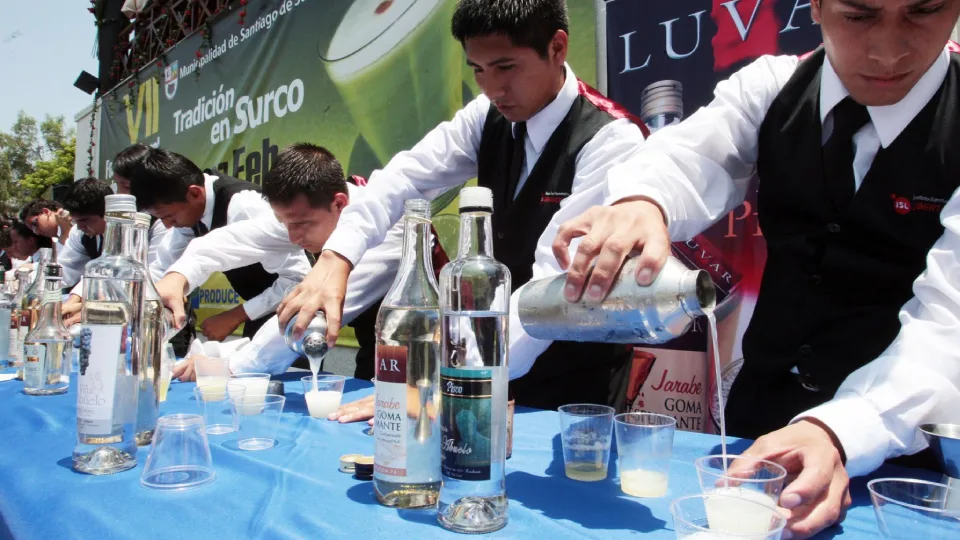
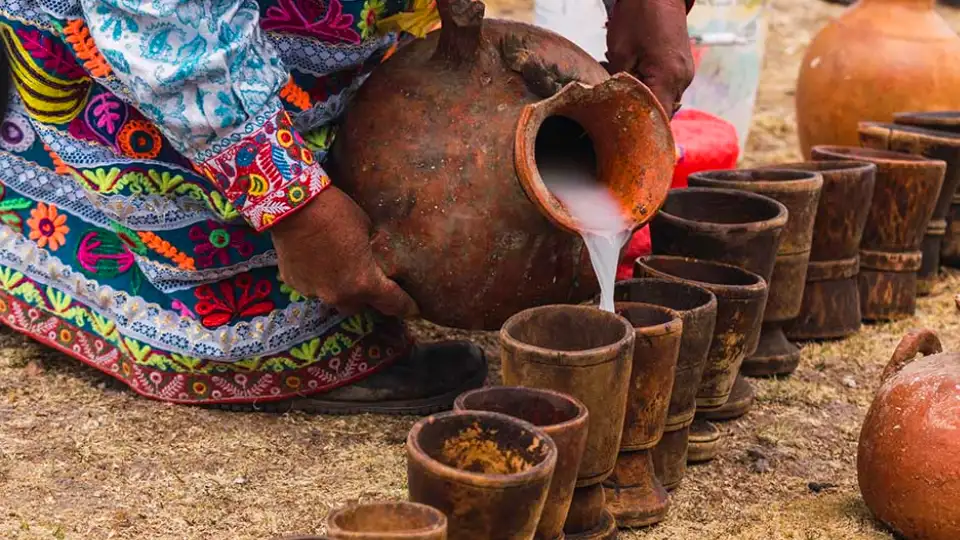
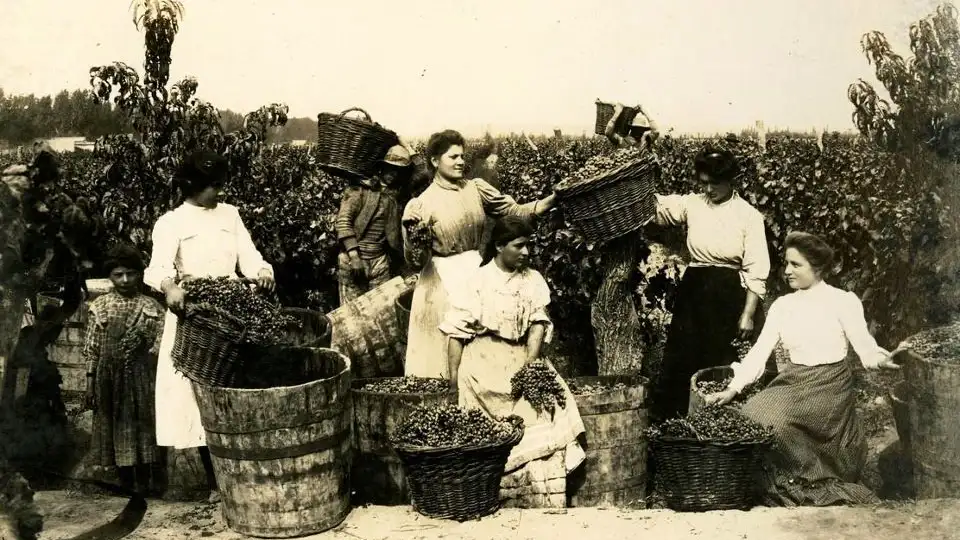
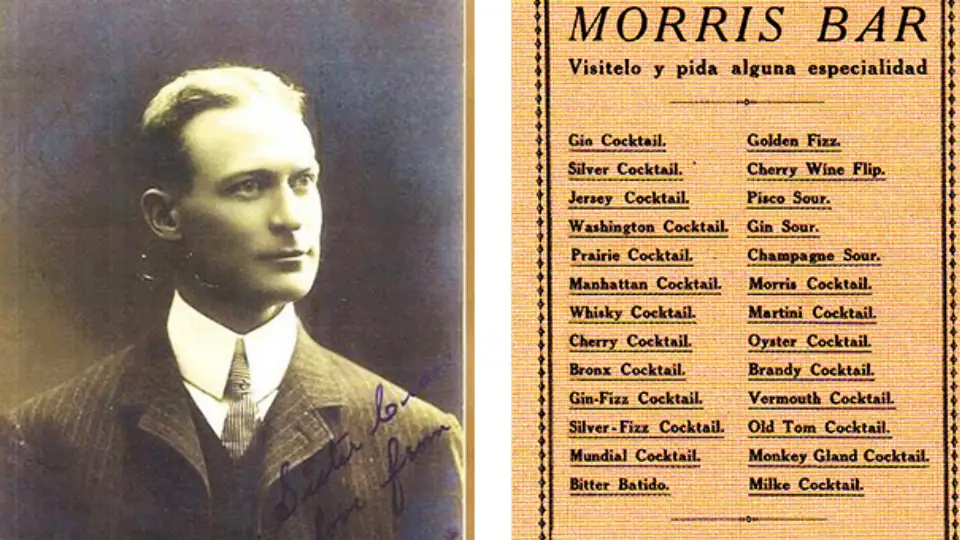


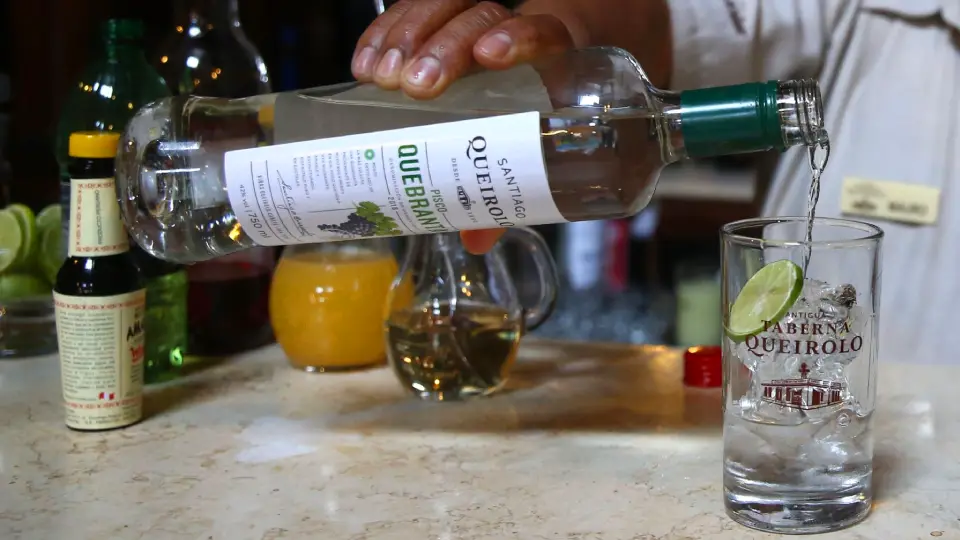
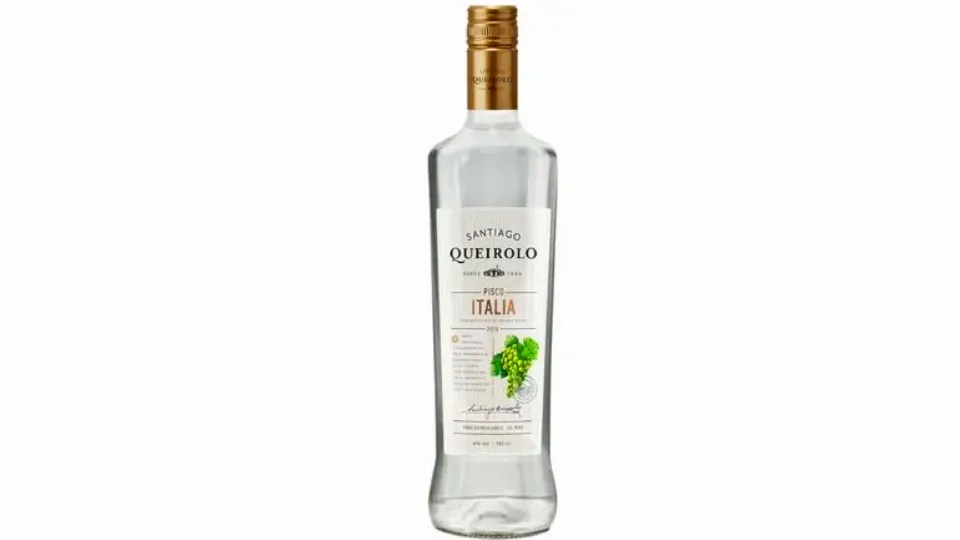
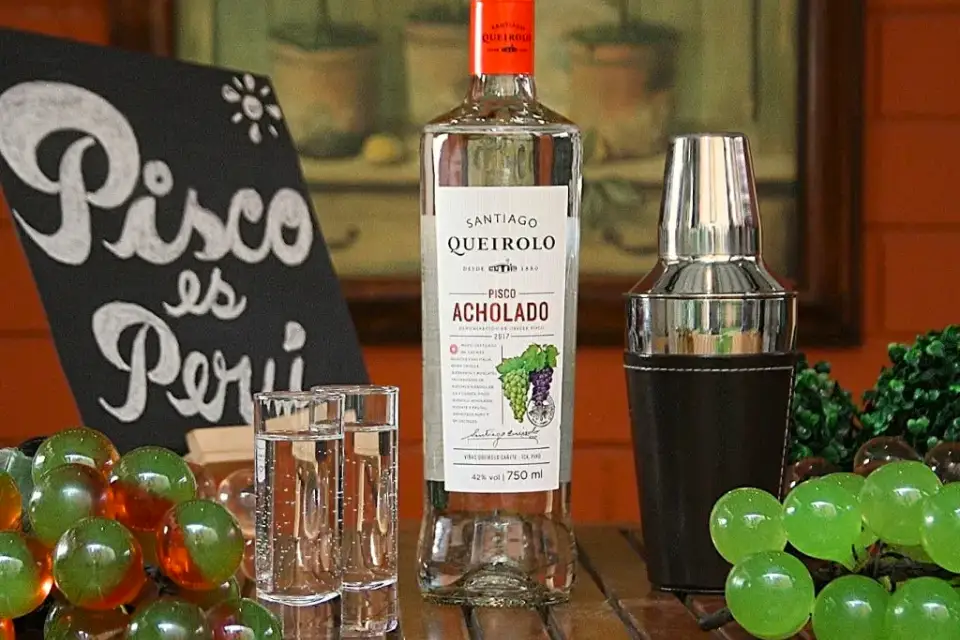
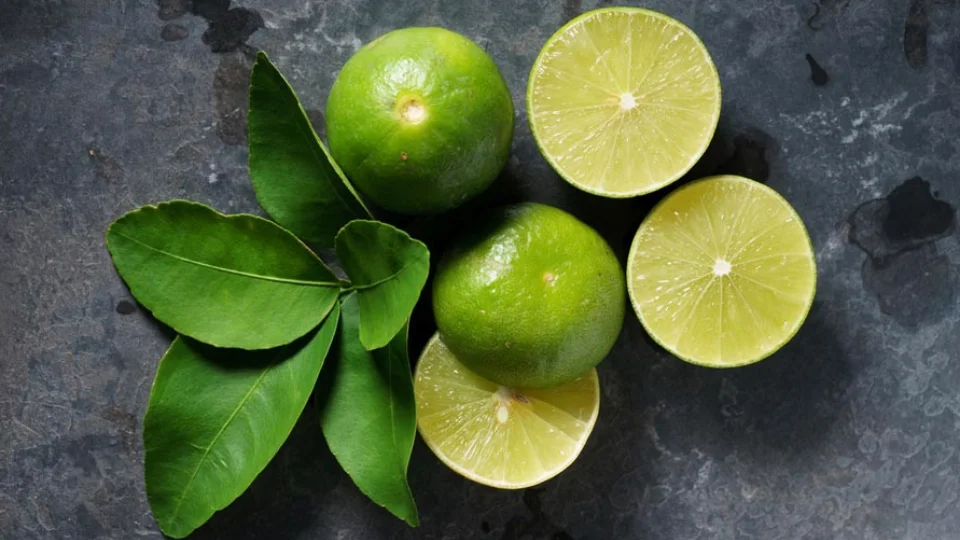
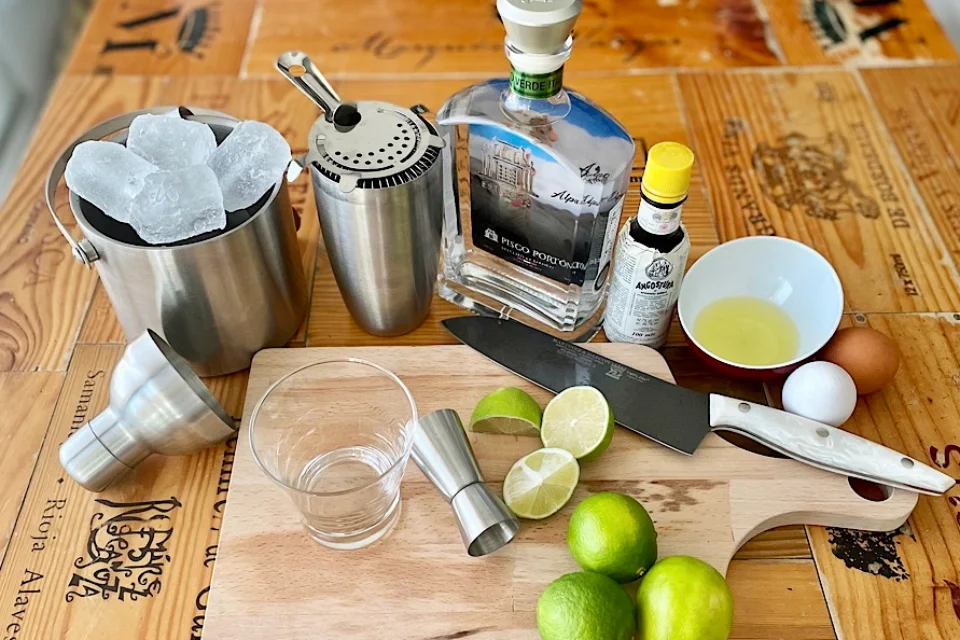
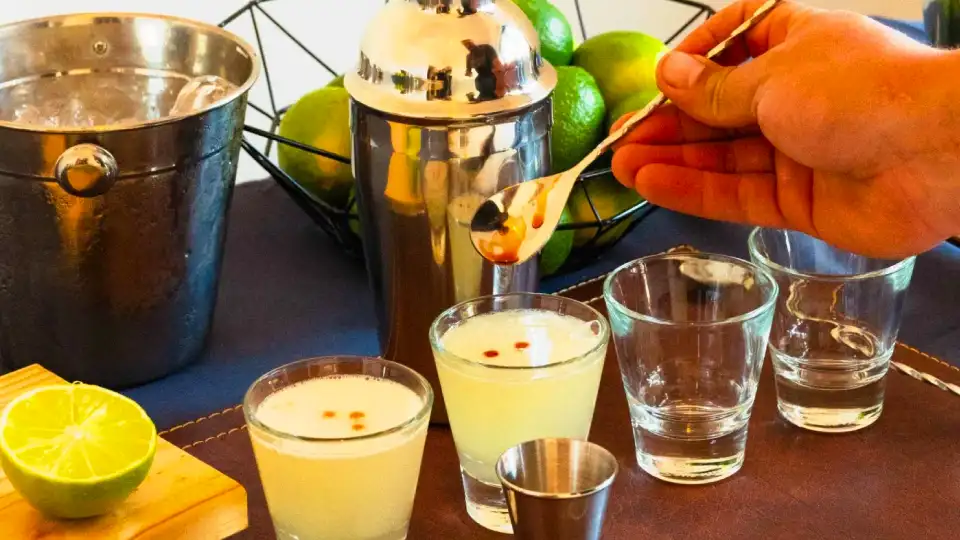
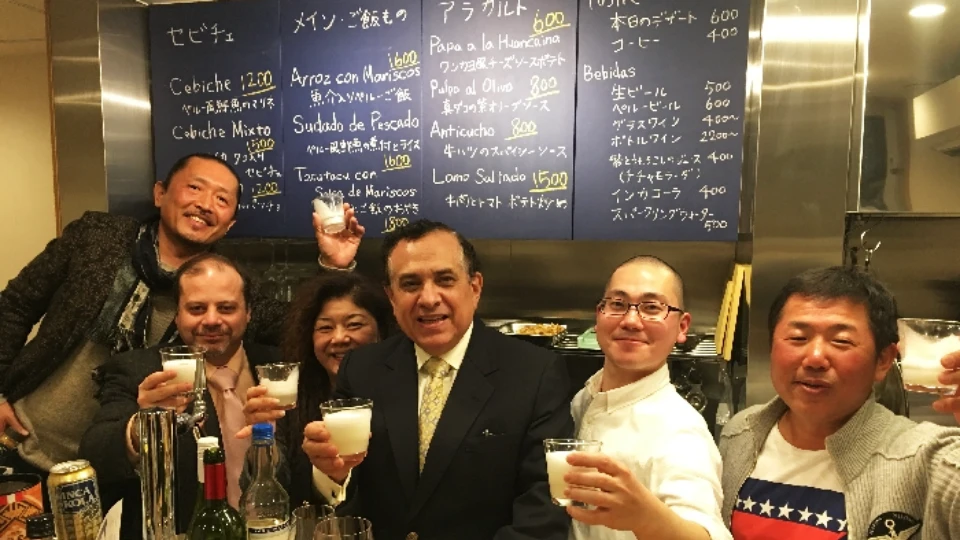
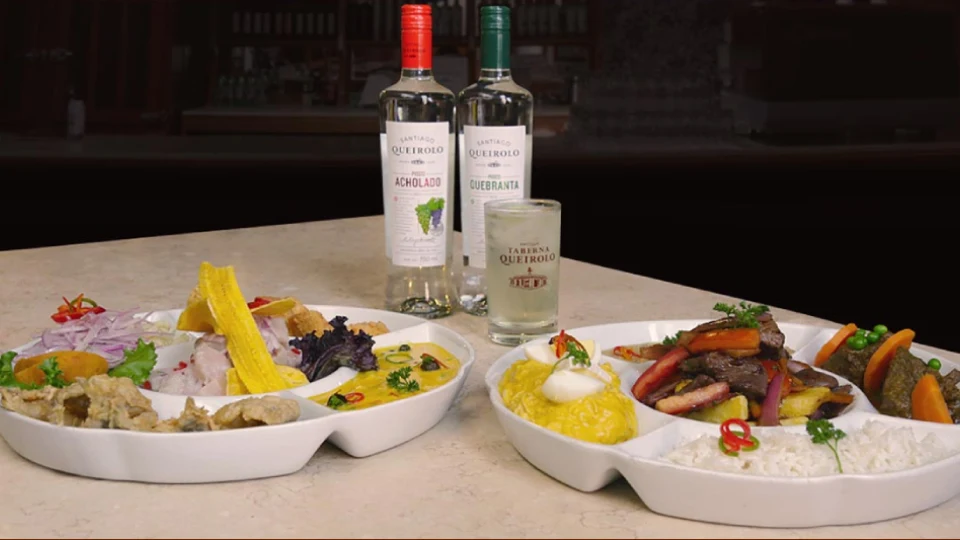
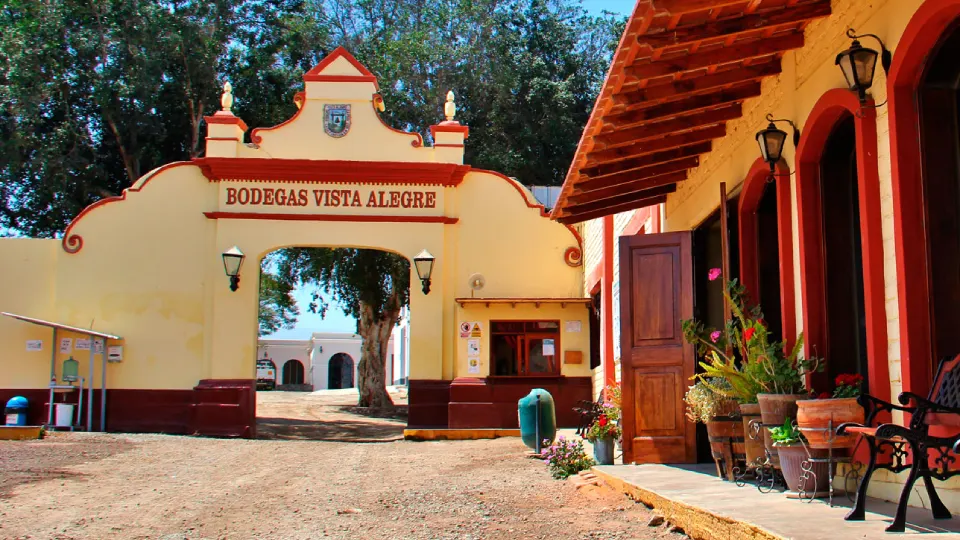
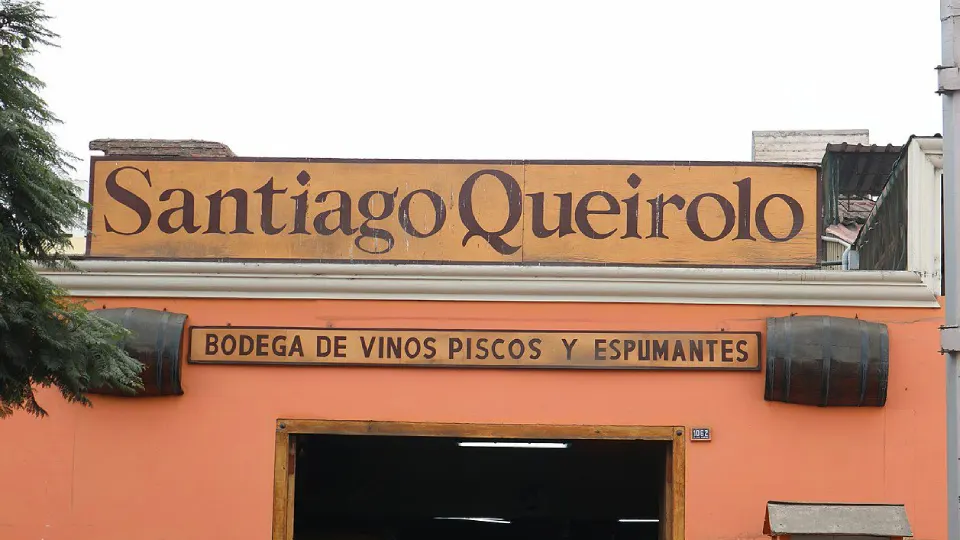

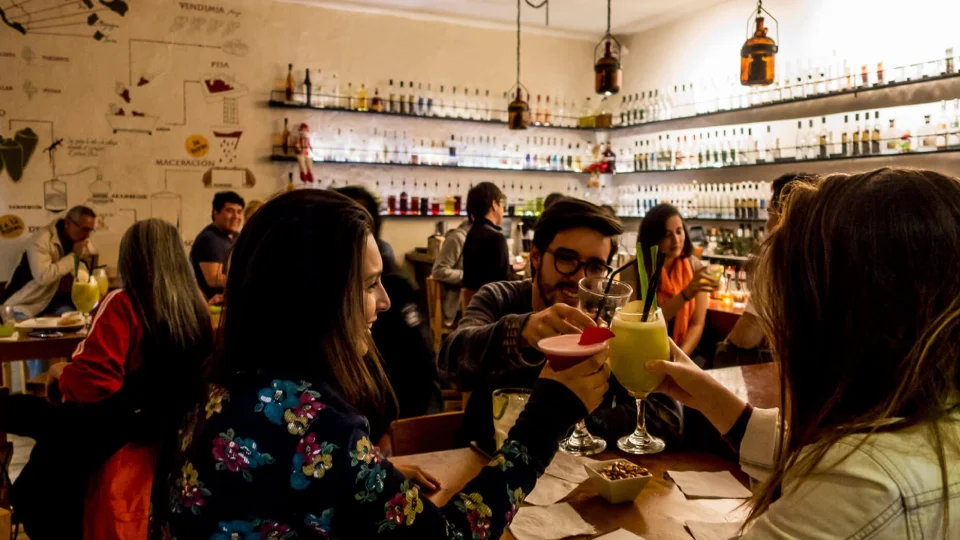
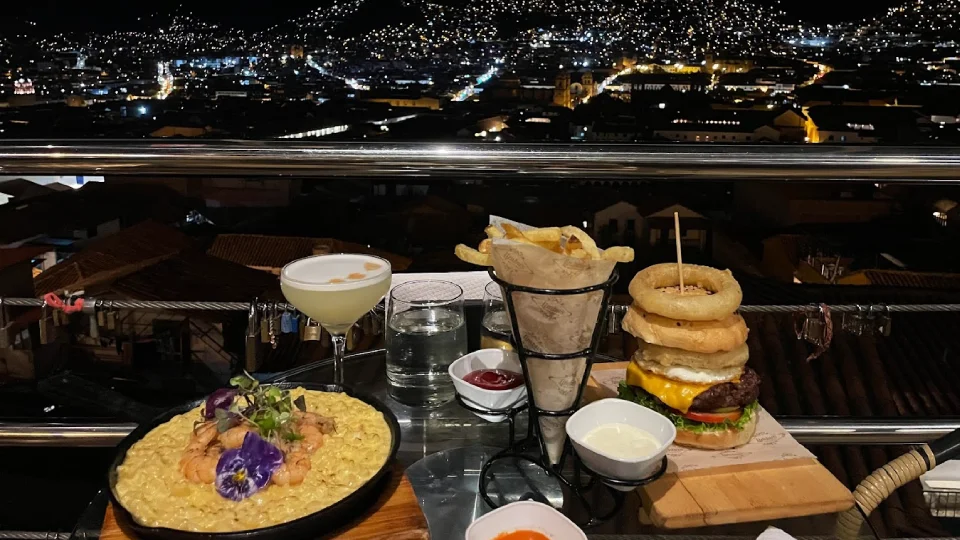
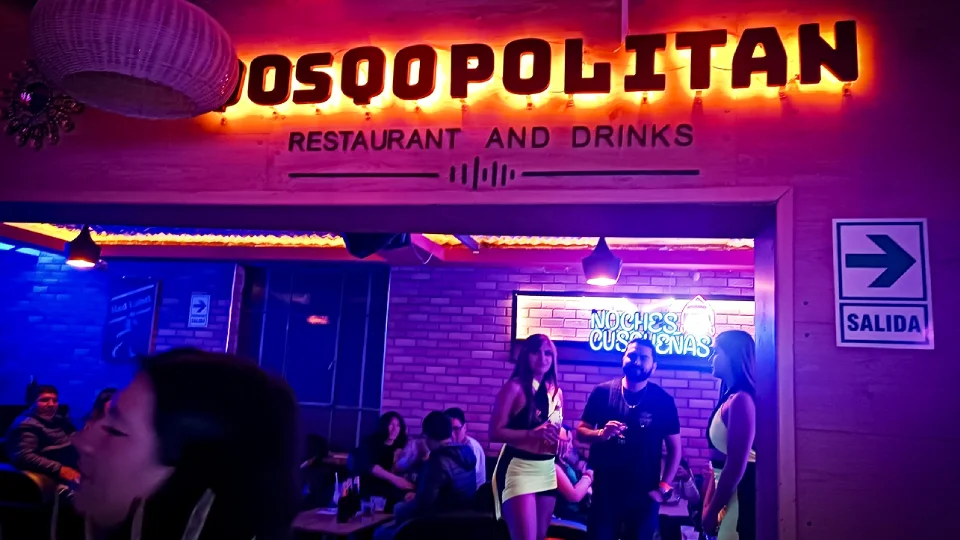
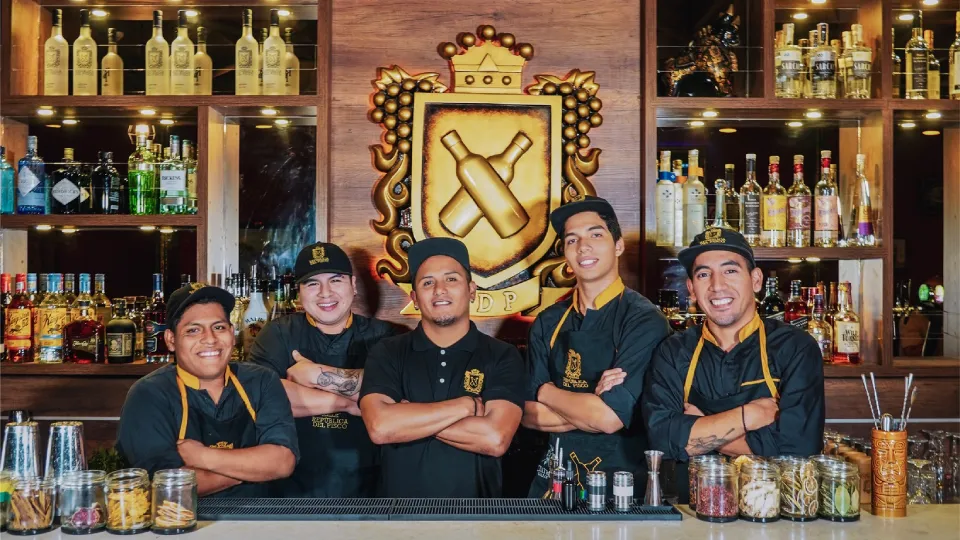

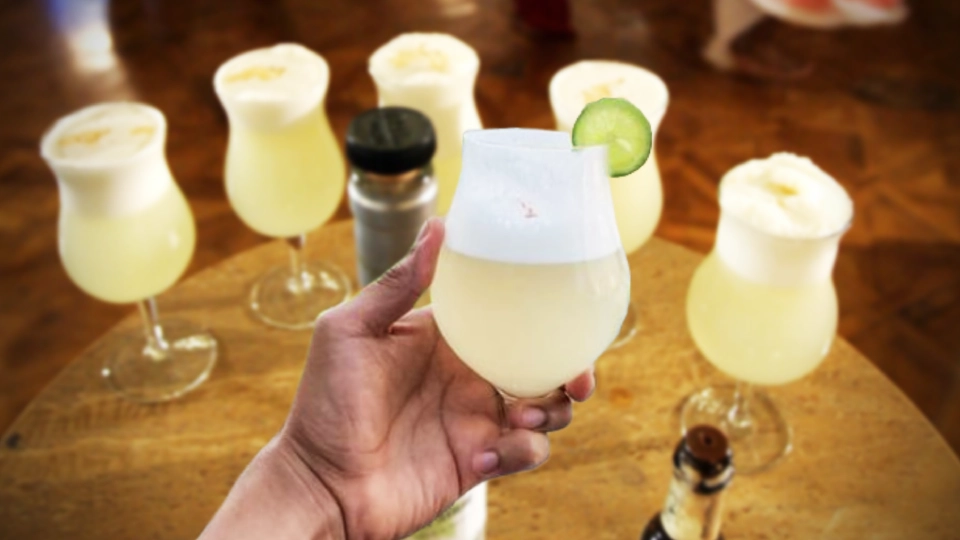
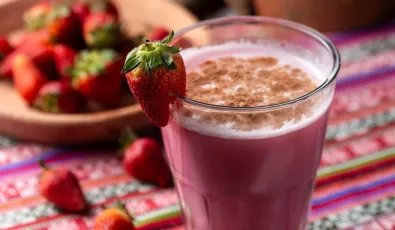
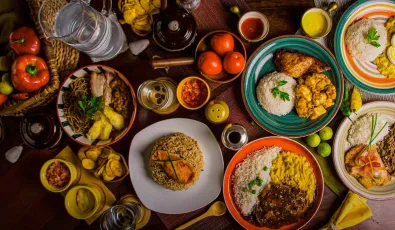
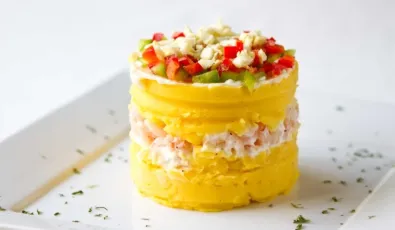

Add new comment